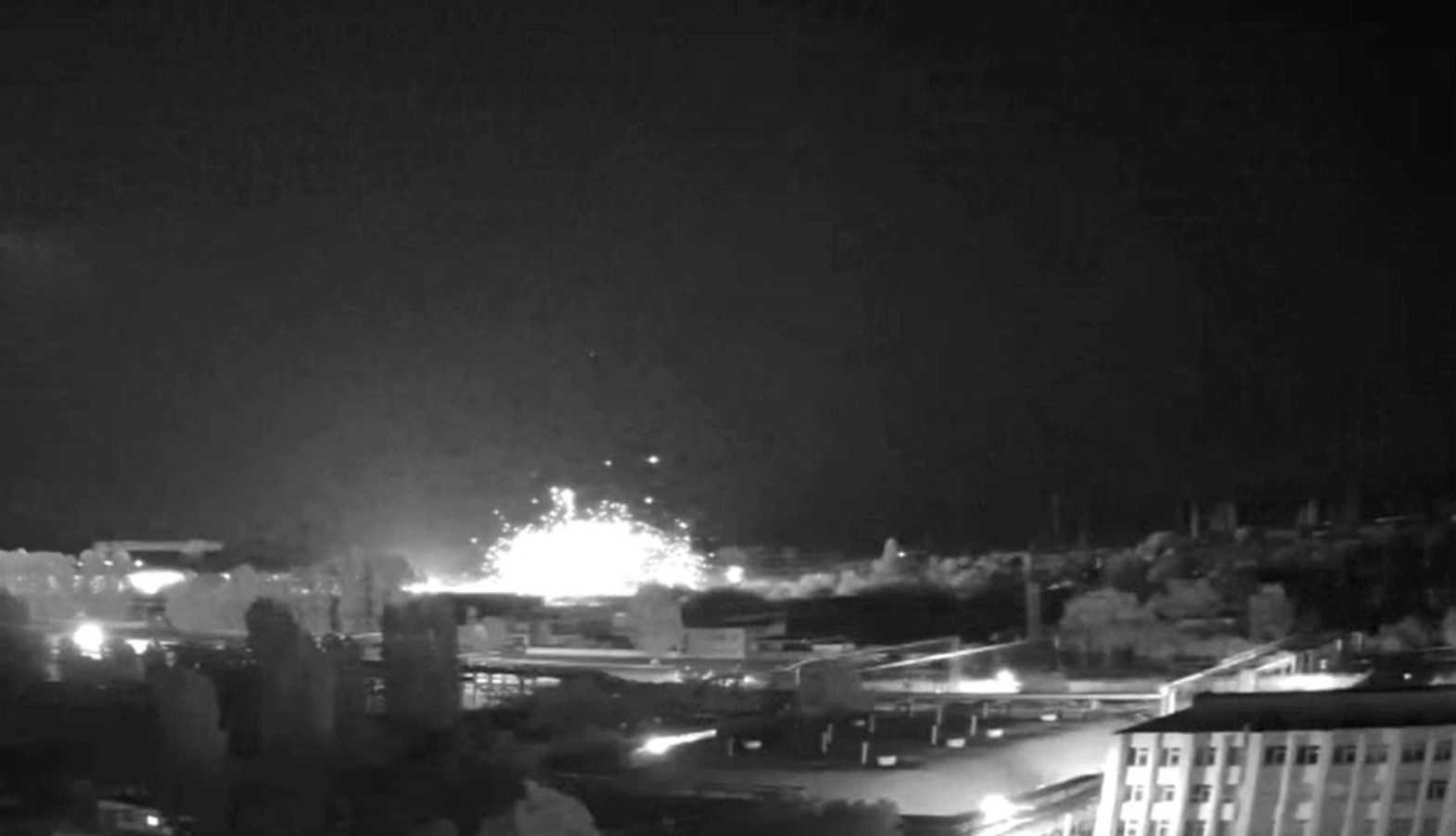
Since February 24, 2022, Russia has launched a war against its neighbor Ukraine. Since then, the West has sided with Ukrainian President Volodymyr Zelensky in the defense of his country against Vladimir Putin and his men. On February 24, Russian President Vladimir Putin, in a speech to the nation, gave the green light for his troops to enter Ukraine. The West suspected the possibility of such aggression. Speaking on Russian state television, Putin announced the launch of what he called a "special military operation" to "demilitarize" and "denazify" Ukraine.
Kyiv bombed

Snake Island

The Battle of Antonov

Volodymyr Zelensky rises

Save the day

Irpin Bridge

Attack on Mariupol Maternity Hospital

Bombing of the Mariupol theater

The atrocities of Bucha

The sinking of the Moskva

Mariupol Steel Plant

Kharkiv liberated

Partial mobilization in Russia

Crimean Bridge Attack

Energy infrastructure targeted

Kherson liberated

Zelensky at the White House

Tanks for Ukraine

Biden visits Kyiv
